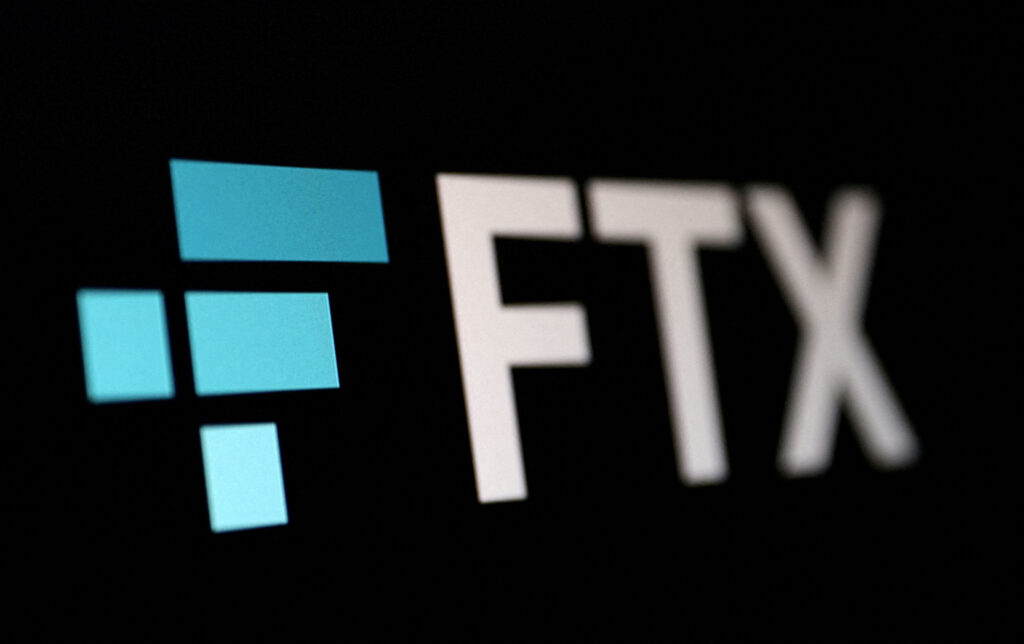FTX has received court approval for its bankruptcy plan, paving the way for the repayment of customers using up to $16.5 billion in recovered assets since the collapse of the once-prominent cryptocurrency exchange. U.S. Bankruptcy Judge John Dorsey hailed the plan as a “model case” for managing complex Chapter 11 proceedings during a court hearing in Wilmington, Delaware.
The approved plan relies on a series of settlements involving FTX customers, creditors, U.S. government agencies, and liquidators overseeing the company’s operations outside the United States. This framework allows FTX to prioritize repaying its customers, particularly those with balances of $50,000 or less, before addressing competing claims from regulatory agencies. FTX aims to return funds to 98% of its customers within 60 days of the plan’s effective date, which is still to be determined.
Once hailed as one of the world’s leading crypto exchanges, FTX’s downfall began when it was revealed that founder Sam Bankman-Fried had misappropriated customer funds to cover risky bets made by his hedge fund, Alameda Research. Following a criminal conviction, Bankman-Fried was sentenced to 25 years in prison in March and has since appealed the ruling. Meanwhile, FTX is in negotiations with the U.S. Department of Justice regarding the potential return of $1 billion seized during the criminal investigation, which could also provide some restitution for FTX shareholders, who typically receive nothing in bankruptcy cases.
FTX anticipates having between $14.7 billion and $16.5 billion available to repay creditors, which is expected to allow the company to provide customers with at least 118% of the value in their accounts as of November 2022, the date of the bankruptcy filing. The court has allowed FTX to prioritize customer repayments over any penalties or tax debts owed to government agencies, such as the Commodity Futures Trading Commission and the Internal Revenue Service. Additionally, a liquidator in the Bahamas has agreed to cooperate with FTX despite earlier challenges to its bankruptcy filing in the U.S.
The approval of the bankruptcy plan represents a significant victory for FTX’s creditors, attributed to the company’s successful recovery of cash and crypto assets that had gone missing during its tumultuous collapse. FTX has also managed to raise additional funds by liquidating other assets, including investments in tech companies like the artificial intelligence startup Anthropic.
FTX CEO John Ray stated, “Today’s achievement is only possible because of the experience and tireless work of the team of professionals supporting this case, who have recovered billions of dollars by rebuilding FTX’s books from the ground up and from there marshaling assets from around the globe.”
Despite the positive news, customer reactions have been mixed. Many users expressed frustration over the timing of FTX’s demise, which caused them to miss out on a significant rebound in cryptocurrency prices since late 2022. Some customers have voiced objections to the repayment plan, arguing that it fails to account for recent surges in cryptocurrency values. Attorney David Adler, representing several objecting creditors, highlighted the disparity between the November 2022 price of Bitcoin at $16,000 and its current valuation of over $63,000.
FTX contends that it cannot simply return the crypto assets that customers deposited because those funds were misappropriated by Bankman-Fried. At the time of the bankruptcy filing, FTX.com only held 0.1% of the Bitcoin that customers believed they had deposited. One of FTX’s financial advisers, Steve Coverick, noted that it would be “exorbitantly expensive” to purchase the billions of dollars in crypto assets needed to repay customers in the same cryptocurrencies they originally deposited.



